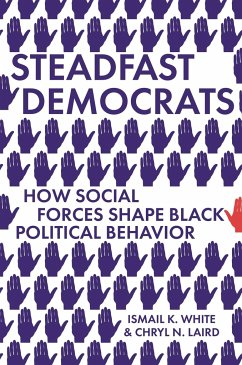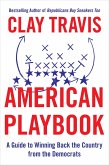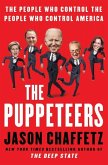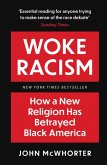"Over the last half century, there has been a marked increase in ideological conservatism among African Americans, with nearly 50% of black Americans describing themselves as conservative in the 2000s, as compared to 10% in the 1970s. Support for redistributive initiatives has likewise declined. And yet, even as black Americans shift rightward on ideological and issue positions, Democratic Party identification has stayed remarkable steady, holding at 80% to 90%. It is this puzzle that White and Laird look to address in this new book: Why has ideological change failed to push black Americans into the Republican party? Most explanations for homogeneity have focused on individual dispositions, including ideology and group identity. White and Laird acknowledge that these are important, but point out that such explanations fail to account for continued political unity even in the face of individual ideological change and of individual incentives to defect from this common group behavior. The authors offer instead, or in addition, a behavioral explanation, arguing that black Americans maintain political unity through the establishment and enforcement of well-defined group expectations of black political behavior through a process they term racialized social constraint. The authors explain how black political norms came about, and what these norms are, then show (with the help of survey data and lab-in-field experiments) how such norms are enforced, and where this enforcement happens (through a focus on black institutions). They conclude by exploring the implications of the theory for electoral strategy, as well as explaining how this framework can be used to understand other voter communities"--








